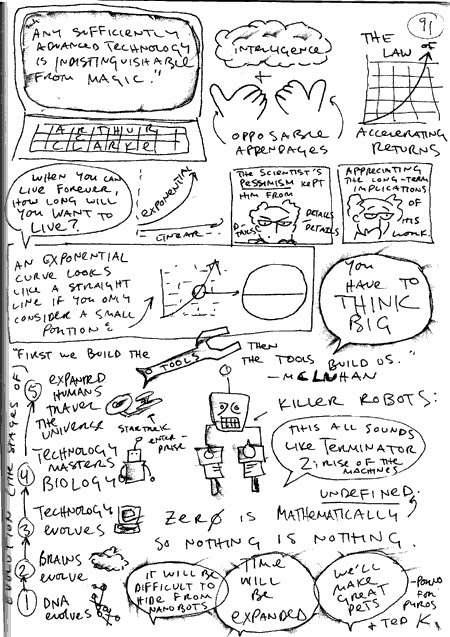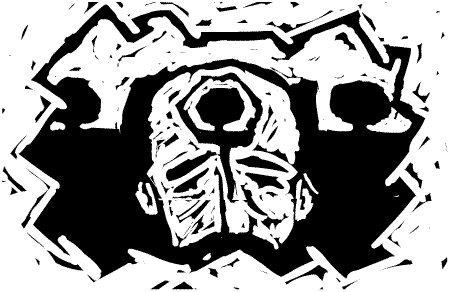
On Don’s recommendation, I’m reading Ray Kurzweil’s book, THE SINGULARITY IS NEAR, which is all about the exponential growth of technology, and humans transcending their biology. Here’s a good beginning essay on the Law of Accelerating returns to give you a feel for the book. I can’t read the book without thinking about Terminator 2. these are my notes.
Also: the Future of Western College is uncertain. But based on the the Provost’s Report, it don’t look good.
And: is religious belief a function of evolution? I’ve always thought, and this guy does too, that if there is an eternal heaven where we can live forever in tranquility, it probably resembles something more like a hell.
Eternity is a long, long time, you know.


